Most landmark buildings in NYC are in Brooklyn and Manhattan. The city is trying to diversify.
Dec. 31, 2023, 9:01 a.m.
In 2023, nearly half of the city’s new landmark sites were in the Bronx and Queens.
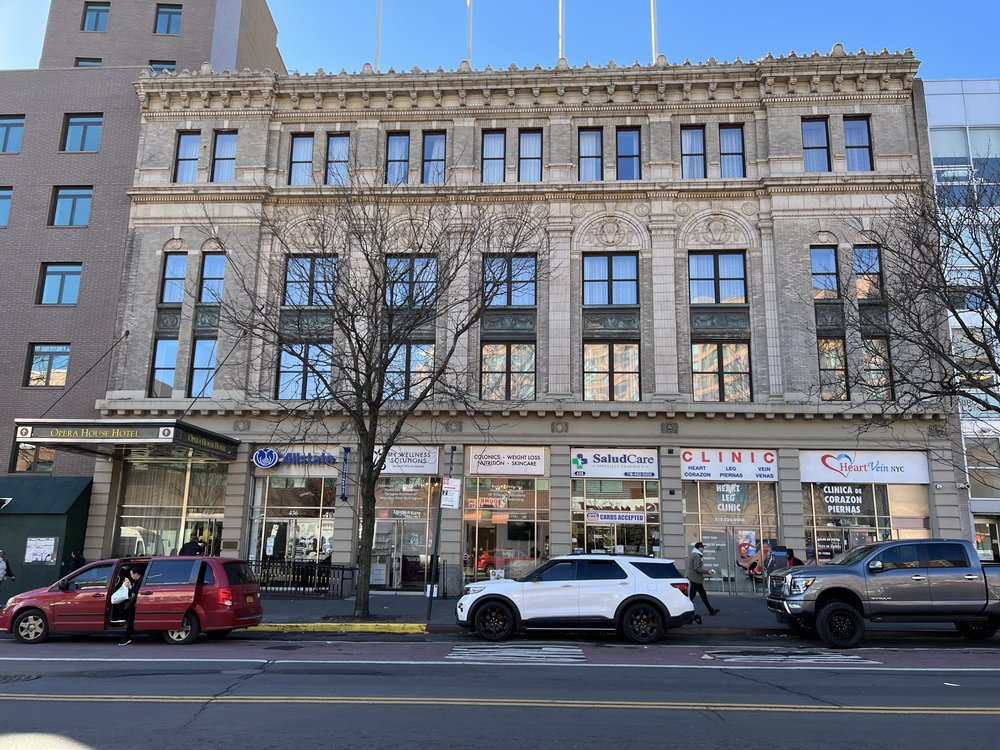
Nearly 38,000 sites and buildings in New York City have been landmarked by the city’s preservation commission.
More than 80% are in Brooklyn and Manhattan.
In part, that’s a simple reflection of history, as New York’s oldest developments are concentrated in those two boroughs.
But in early 2021, the Landmarks Preservation Commission launched an “equity framework" to tell “the stories of all New Yorkers” and broaden the scope of sites and stories designated for protection.
Since then, the LPC has aimed for more geographical diversity, landmarking the first historic districts in Cambria Heights, Queens, Hunts Point in the Bronx, and, this year, Bushwick, Brooklyn.
“It’s really been a deliberate focus to go into communities where there haven’t been historic districts or other designations before and also tell the full story of all New Yorkers through our designations,” said Lisa Kersavage, the commission's executive director.
Another reason the other boroughs have historically seen less landmark activity: Their developments are only now reaching the 30-year age threshold for designation, Kersavage said.
The city's landmarks designated in 2023 reflect this new focus, with nearly half of the sites in the Bronx and Queens.
Here are a few of the most interesting.
Bronx Opera House
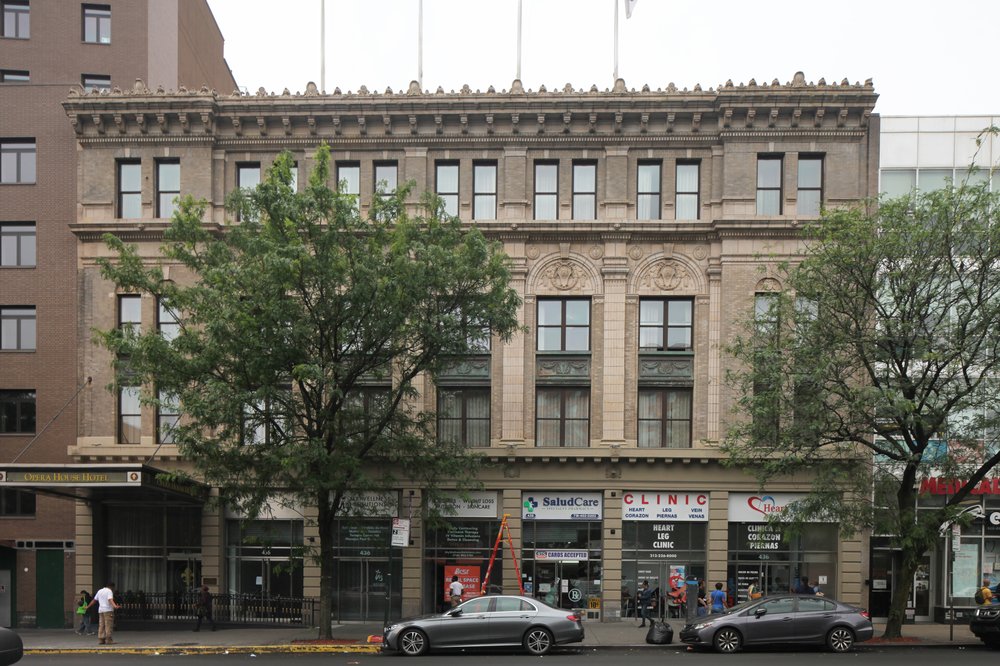
Completed in 1913, this neoclassical building was designed by the architect of the Apollo Theater — built that same year — and was listed in the National Register of Historic Places in 1983.
The Bronx Opera House’s first decades were spent as a stop on the “Subway Circuit,” where Broadway productions would test out their roadshow potential in the outer boroughs before committing to national runs.
As Puerto Ricans and Afro-Cubans settled in the South Bronx in the 1950s, the Opera House became home to a series of Latin nightclubs that the New York Times called “crucial to salsa’s evolution.” They hosted superstars including Charlie Palmieri and Fania Records founder Johnny Pacheco.
Drake Park and Enslaved People’s Burial Ground
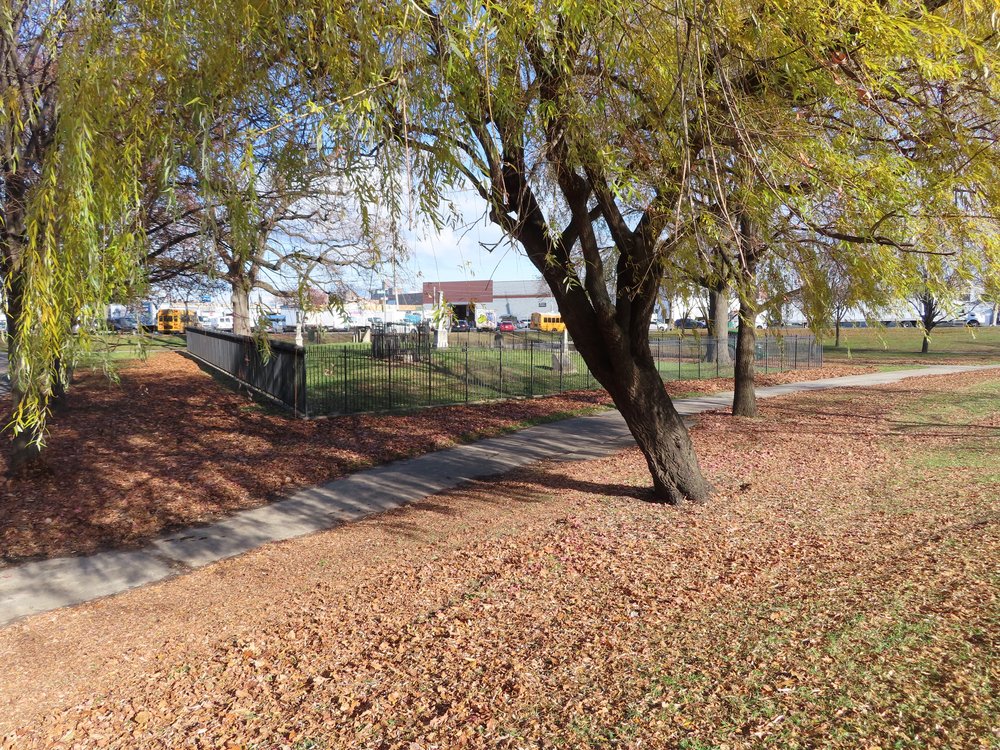
This landmark designation covers two separate colonial-era cemeteries: one for the area’s early settlers and one for the people they enslaved.
In the 18th century, three prominent settler families established a cemetery on their farmland in Hunts Point. Because one descendant was the renowned early American poet Joseph Drake, that cemetery was preserved from development in later years and became what's currently Drake Park.
Some years ago, P.S. 48, the elementary school named after Drake a few blocks away, received a state grant to study the park and learned of the then-common practice of burying enslaved people in unmarked plots near the enslaving family.
Through the use of ground-penetrating sonar and archival research, the team was able to find evidence of these burials, which led to the landmarking of the two cemeteries — the longstanding, visible one in Drake Park and the previously unmarked burial ground.
(Former) Colored School No. 4
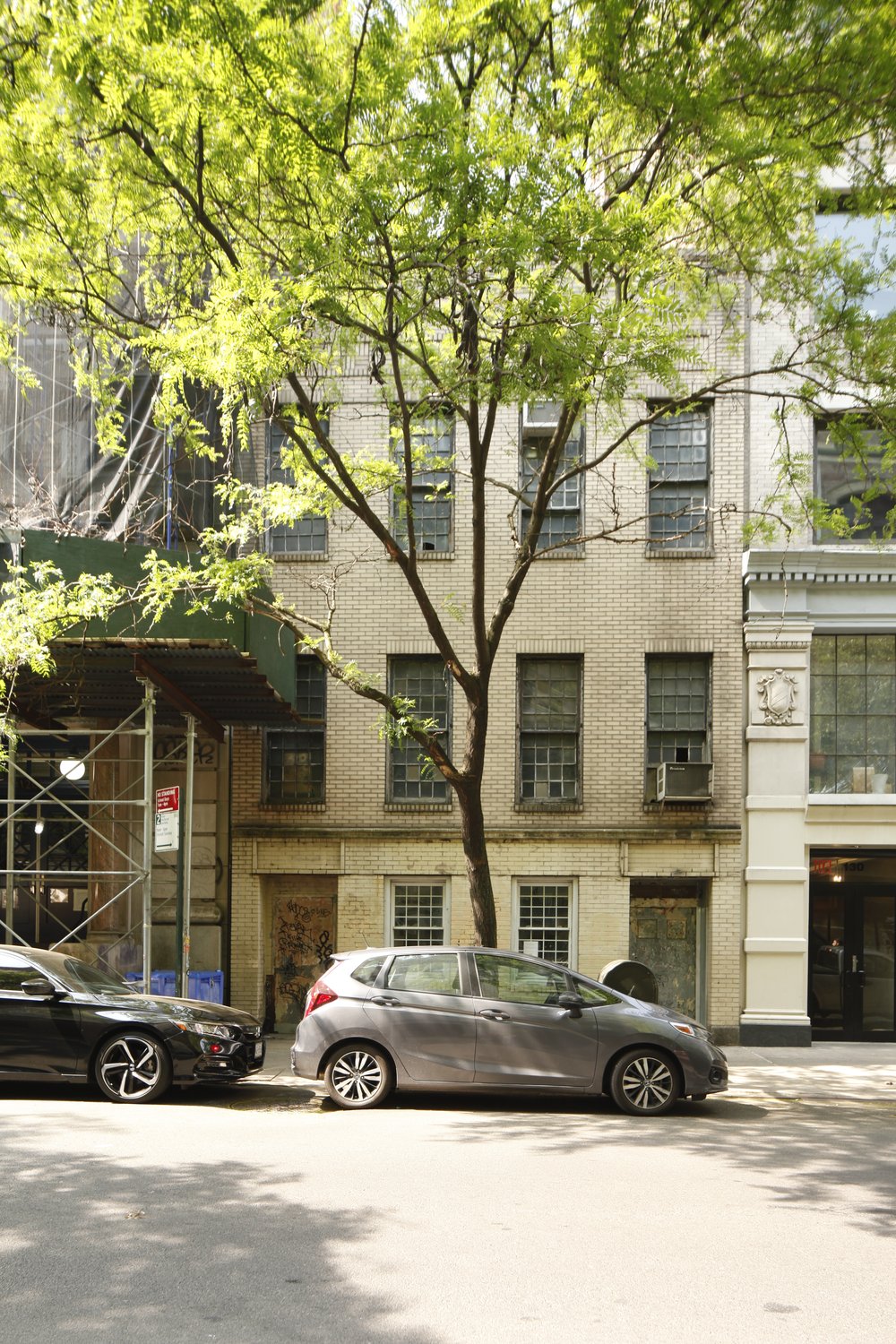
Completed in 1850, this NYC public school served as a segregated “Colored School” until closing in 1894. Its principal in the 1860s was the prominent suffragist Sarah Tompkins Garnet. Her teachers personally defended students against a lynch mob during the Draft Riots of 1863 (featured at the center of Martin Scorsese’s 2002 film “Gangs of New York”).
In the early 1900s, the Chelsea building, which remains city property, housed the fire department. It is now controlled by the sanitation department.
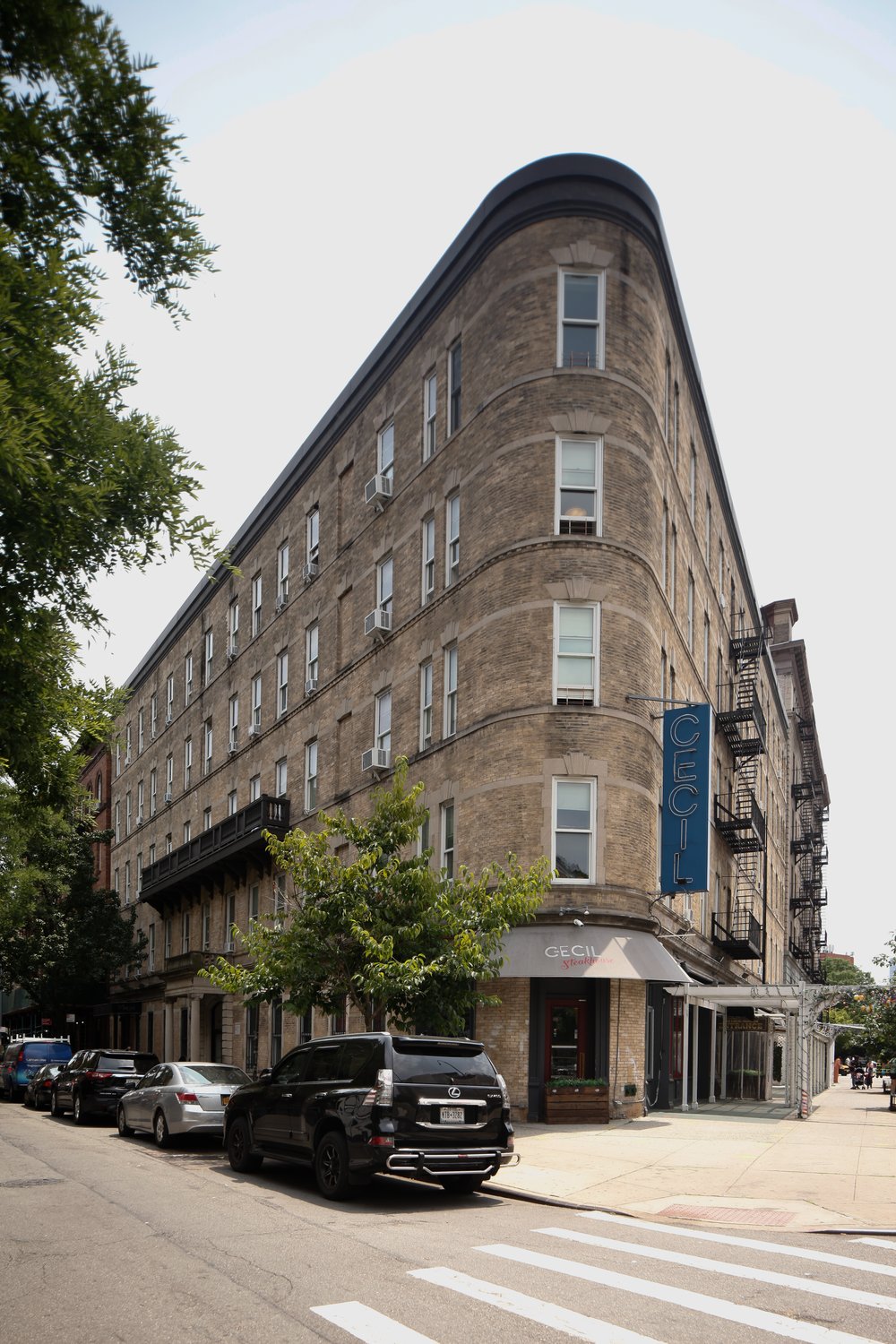
Among the eight other sites landmarked this year were jazz musician Duke Ellington's and Dizzy Gillespie’s residences in uptown Manhattan; Midtown’s Modulightor Building, designed by superstar architect Paul Rudolph; and the Harlem home of the jazz club Minton’s Playhouse, where bebop jazz emerged in the 1940s.
Last former Black-only schoolhouse in Manhattan becomes a landmark City to consider 3 historic Bronx locations for landmark status